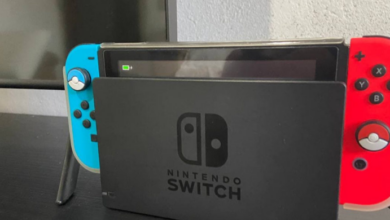
WhatsApp prepares novelty to turbocharge Message of profiles
WhatsApp is preparing an update to the Message feature, the one that is visible on your profile when someone opens your contact. The platform should launch in the future the function of choosing how long the Status (new-old name of the resource) will be available. The update appears to have the purpose of giving a usability to a forgotten feature on the part of users.
In the print published by the site WABetaInfo, which found the functionality during a mining in WhatsApp Beta for Android, there is the option to choose ready statuses or create one from scratch — here it is the same as the Errands as they work today. However, there is the option to choose how long they were available: 24 hours, three days, a week or two.
The timer is a very interesting tool — even if it’s delayed. After all, barring a few cases, no one is “at work” 24 hours a day—not even “At the gym.” These two examples are some of the default options in Errands.
At least in the future you will be able to inform your unavailability and configure how long the “Busy” or “Vacation” will be visible. The timer would only need a function to customize the time. For example, remove the “At the gym” after 1 hour.
Message is good idea of WhatsApp, but it did not work
In theory, WhatsApp wants you to show your contacts whether or not you can reply at that moment. And also in theory, it is for your contacts to look at your message to understand the reason for your delay and unavailability. In practice, virtually no one uses this or looks at the status of the colleague — I don’t even remember if mine is still “Given to Fly.”
When Meta was still Facebook Inc. and stories weren’t an obsession, WhatsApp’s message was called Status. In this distant time (10 years since I created my WhatsApp account), I even tried to keep the habit of changing the Status/Message, because it reminded me of that MSN message bar.
Making room for my two cents on the subject, the news is very welcome, if delayed. However, Meta needs to make the Message more visible to the user—and that depends on changes to the interface. For example, leaving the status just below the person’s name when opening the conversation.




